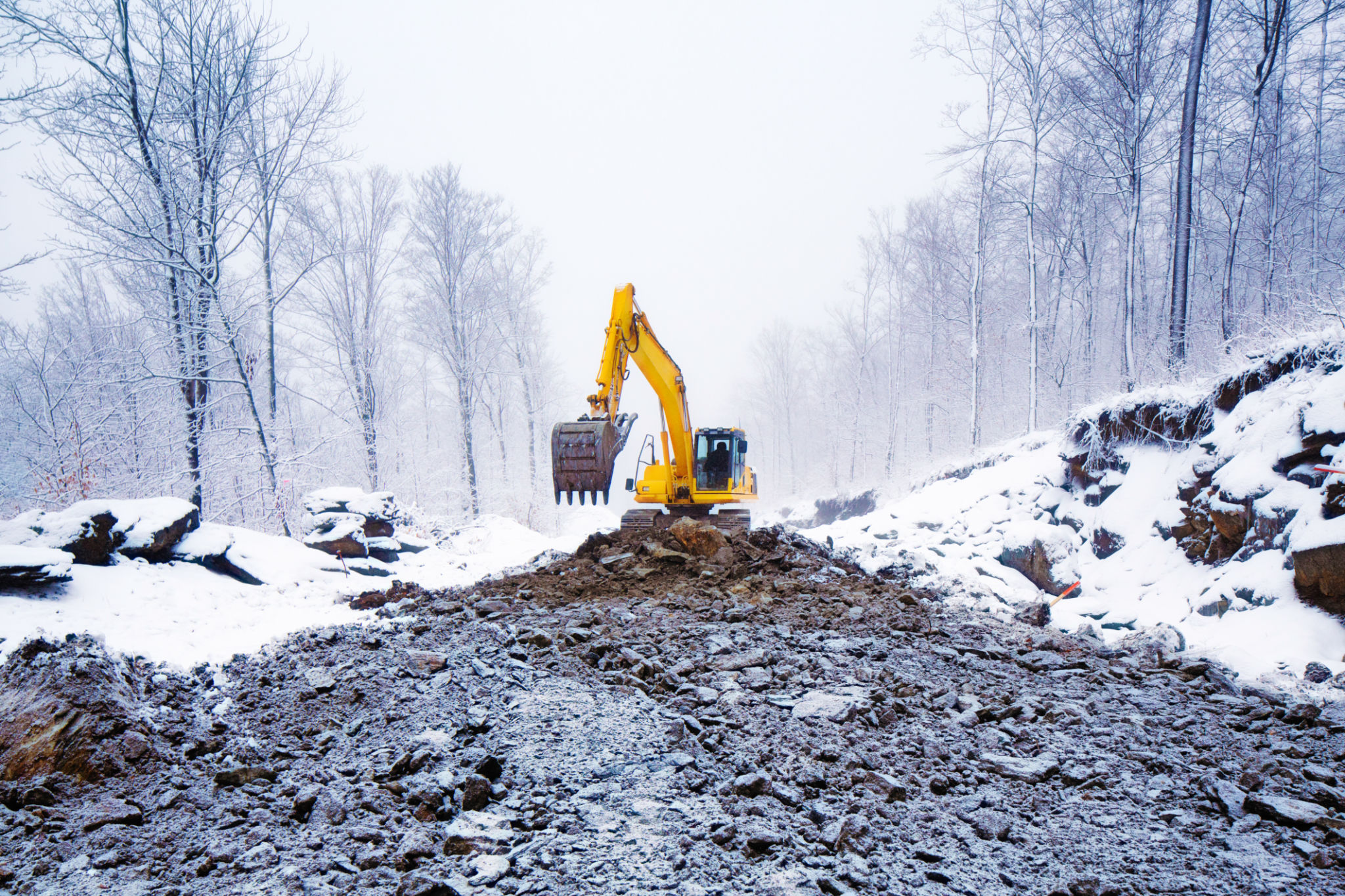The Role of Weather in Construction: Insights for Ripon Projects
Understanding Weather's Impact on Construction
Weather plays a crucial role in construction projects, particularly in areas like Ripon, where varying weather conditions can significantly impact timelines and budgets. Understanding how weather affects construction activities is essential for project managers and contractors aiming to minimize delays and maintain safety standards.
In Ripon, common weather challenges include rainfall, temperature fluctuations, and wind. Each of these elements can disrupt construction schedules and affect the quality of work. By proactively planning for these challenges, teams can reduce the risk of costly overruns.

Rainfall and Its Effects on Construction
Rain is one of the most common weather-related challenges faced during construction. Heavy rainfall can lead to flooding, which may damage building materials and equipment. It can also make worksites unsafe, increasing the risk of accidents.
To manage these risks, construction teams should consider implementing drainage systems and using water-resistant materials. Scheduling tasks that are less susceptible to rain during wetter months can also help mitigate potential delays.
Dealing with Temperature Fluctuations
Temperature changes in Ripon can be unpredictable and affect various aspects of construction projects. Extreme heat can cause materials like asphalt to soften, while cold temperatures can lead to concrete cracking. Both scenarios may require additional resources to address potential damage.
Using temperature-resistant materials and adjusting work hours to cooler parts of the day during hot periods are effective strategies. Additionally, heating equipment can be employed during colder months to ensure materials set properly.

Wind: An Overlooked Challenge
Strong winds can interfere with many construction activities, especially when working at heights or using cranes and other heavy machinery. Wind can make lifting operations unsafe and increase the likelihood of accidents.
Project managers should monitor wind conditions closely and avoid scheduling high-risk tasks during windy days. Using windbreaks or temporary barriers can also help protect sites from wind-related disruptions.
Planning for Weather-Related Delays
Effective project management involves anticipating and planning for potential weather-related delays. Maintaining a flexible schedule that accounts for unexpected weather changes is key to minimizing disruptions.
Regularly consulting weather forecasts and having contingency plans in place can help construction teams adjust their schedules promptly. This proactive approach ensures that projects remain on track despite weather challenges.

Leveraging Technology for Weather Forecasting
Advancements in technology have made it easier for construction teams to stay informed about upcoming weather conditions. Utilizing weather forecasting apps and software can provide real-time updates, enabling better decision-making on site.
These tools can help teams identify optimal times for specific tasks and reschedule operations when severe weather is predicted, thereby enhancing efficiency and reducing downtime.
The Importance of Communication
Communication is vital when managing weather-related challenges in construction. Keeping all stakeholders informed about potential weather impacts ensures everyone is prepared to adapt to changes swiftly.
Regular meetings and updates via digital platforms can help maintain clear communication channels, facilitating prompt decision-making and minimizing confusion during adverse weather conditions.
In conclusion, recognizing the significant role that weather plays in construction projects in Ripon is essential for successful project management. By understanding potential challenges and implementing strategic plans, construction teams can effectively navigate weather-related obstacles, ensuring project success.